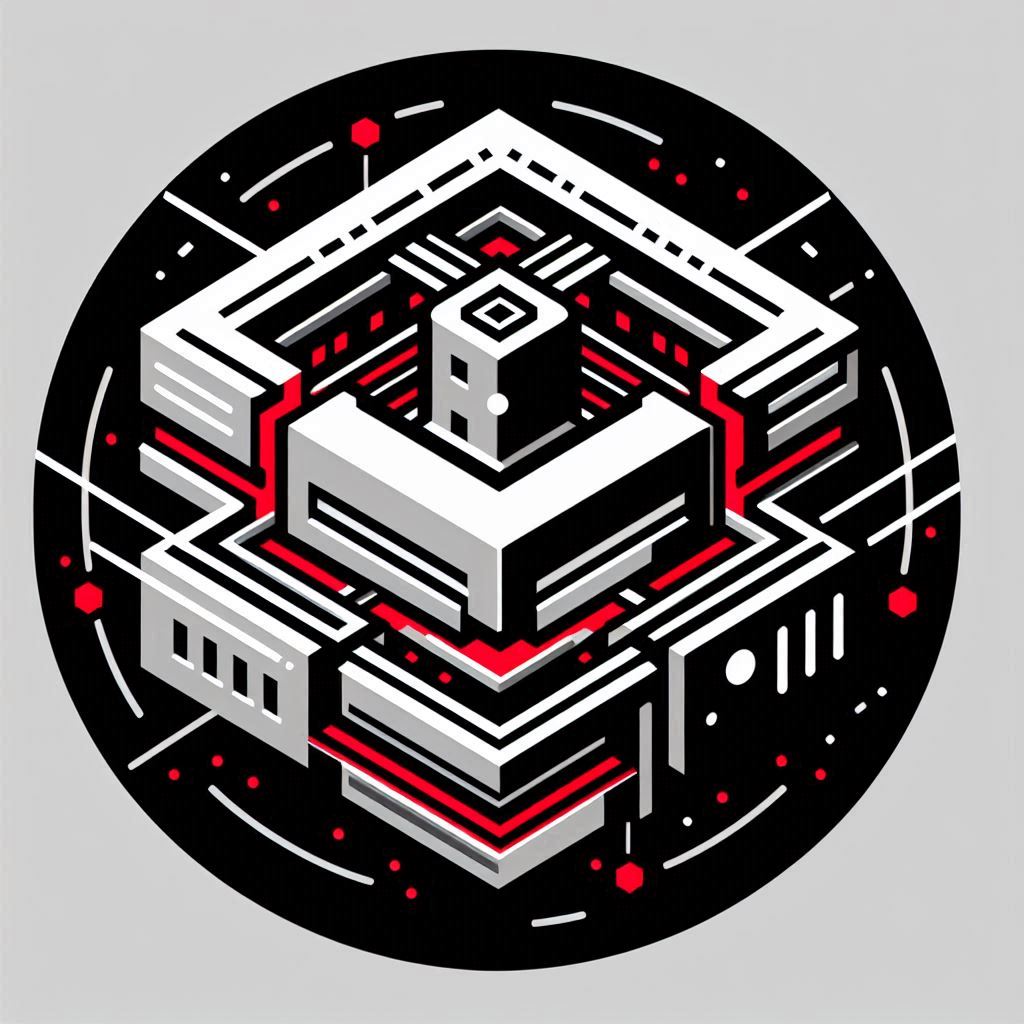At its core, 3D printing is a way to take a digital design and turn it into a physical object. Imagine building something layer by layer, much like stacking sheets of paper to create a solid form. That’s essentially how a 3D printer works—it lays down material one thin layer at a time to create a three-dimensional object.
You can print all kinds of things, from simple toys and figurines to useful parts like brackets or tools. People even print prototypes for product development or customize items for hobbies.
3D Models: The Starting Point
To 3D print something, you need a 3D model—a virtual design of the object you want to create. These models are typically made using 3D design software (think of it like a drawing tool, but for 3D shapes). If you’re not into designing from scratch, there are tons of free models online you can download and print.
The models you use will be saved in a specific file format. The most common format in 3D printing is called STL (short for Stereolithography). This file essentially describes the surface geometry of the object without any color or texture information.
There are other formats too, like OBJ, which can include color and texture information, or 3MF, a newer format that’s more efficient and contains more details about the object’s design.
The Printing Process
Once you have your model, the 3D printer’s software will convert that model into something it can physically create. This is done through a process called slicing—where the model is divided into very thin horizontal layers. The printer then follows these “slices” to build the object layer by layer. It’s kind of like following the instructions in a LEGO set, but instead of stacking blocks, it’s adding material bit by bit.
Wrapping It Up
And that’s 3D printing in a nutshell! From creating (or downloading) a 3D model to watching your printer build it layer by layer, it’s a process that’s become super accessible and fun for hobbyists and professionals alike.
